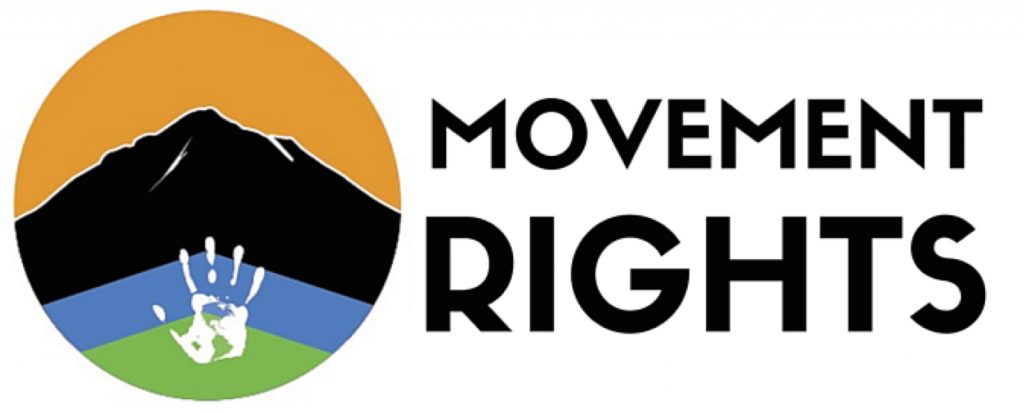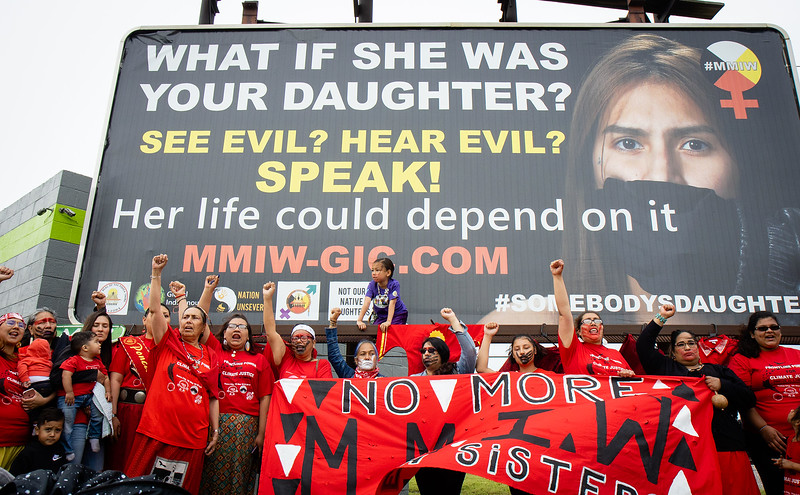By Nicky Kay Michael, PhD
Via Native Hoop
Today’s Indigenous warriors, are Frontliners. They face off with private security dogs, are imprisoned in dog cages, and experience militarized psychological warfare at Standing Rock #NODAPL. They hold horrifyingly sad signs bearing the images of missing or murdered loved ones at rallies and hang haunting dresses symbolizing the emptiness of a body that once filled it, Missing and Murdered Indigenous Women, Girls, and People #MMIWGP. Frontliners are sometimes the obvious water protector, opposing Line 3 in Minnesota or a quieter language, revitalized teaching lessons to their tribal children in Oklahoma. Frontliners can also be the lone academic in a university trying to learn the enemy’s ways. Frontliners, while often isolated from each other in everyday battles, share bonds of brother and sisterhood. Their lives are often put in high-risk areas, some losing limbs and others losing organs from unconstitutional military attack on peaceful resistance[…]
[…]Casey Camp Horinek, Ponca Elder, Tribal Councilwoman, International Rights advocate and conference organizer has spent decades advocating for the rights of tribal children and people. She states “I think our people are so used to refineries and injection wells that we don’t even question them. They are part of the landscape. It wasn’t always that way.”




